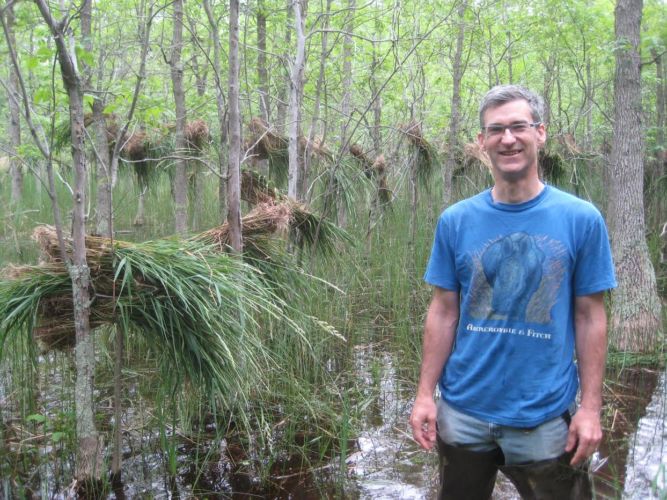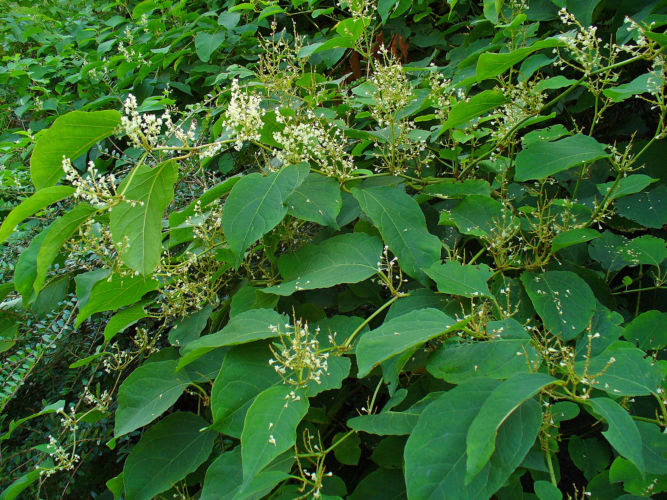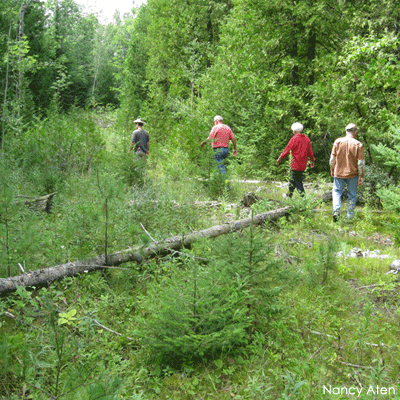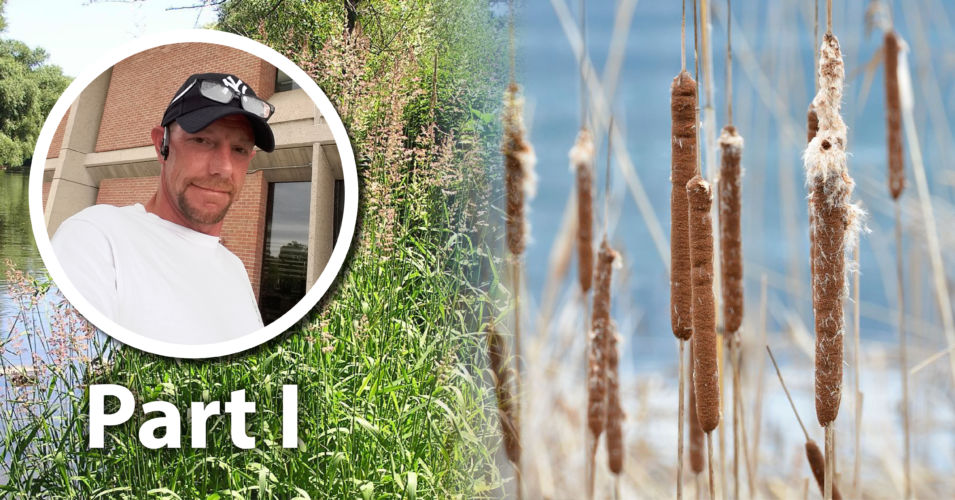Prevent invasives from the start
The most efficient way to deal with invasives is to prevent their introduction in the first place. You can’t keep birds from depositing seeds in your woods but you can minimize what comes in on people and equipment. Get in the habit of cleaning your boots, gear, and dogs after being in a part of your property where invasive species are growing. If you hire contractors like loggers or others with heavy equipment, make sure they clean all of their equipment before they come to your property. Be careful of materials you might bring onto your land, especially soil, mulch, compost, and plants. They may come with unseen roots, seeds, or invasive earthworms.
Assess your property and map invaders and priority protection areas
To determine where to spend your time and money on invasive species management, carefully assess your entire property. Also, make time to get to know what invasives occur in your area, learning about their different life stages and what they look like in each so you can identify them easily (see below for suggested resources to help with this). If you see a plant growing on your land that you can’t identify but is concerning you, take photos and submit these photos through an on-line reporting system such as the Early Detection and Distribution Mapping System (formerly the Great Lakes Early Detection Network) or iNaturalist or to the Wisconsin Department of Natural Resources (WDNR) at invasive.species@wi.gov.
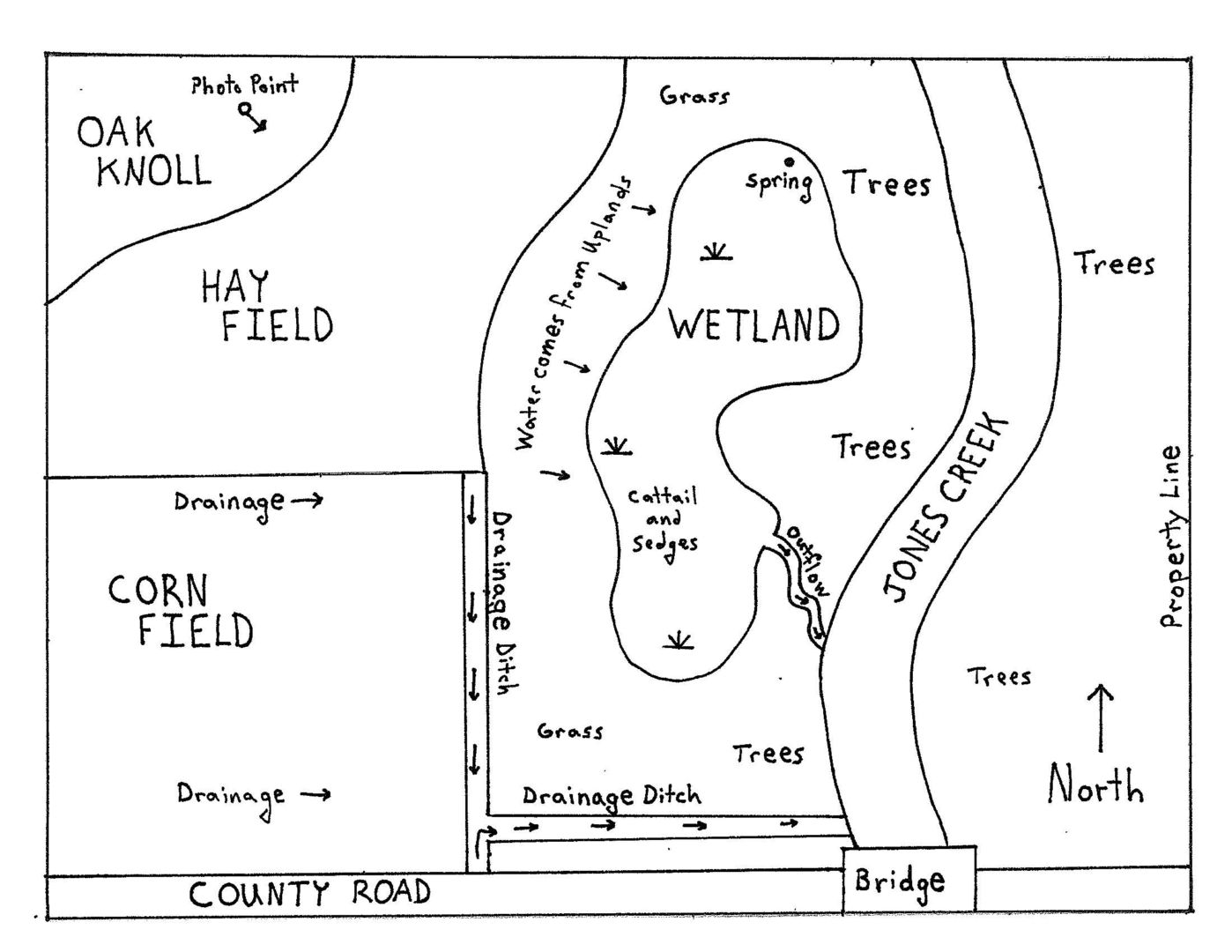
Most importantly: hang in there. Any invasive species management work is a multi-year effort. Bite off the chunks that are reasonable to do each year so you learn as you go. Don’t burn yourself out. Look beyond the reed canary grass and take time to appreciate the beauty of your land.
Adapted from ‘Prioritizing Invasive Plant Control’ by Kelly Kearns, published in WDNR’s Natural Heritage newsletter.
Photo by Nancy Aten
Prioritizing Invasive Plant Control, Part II
Learn how understanding the invasive plants on your property can help you control them.
Resources for landowners: invasive species
Wetland Coffee Break: Toward more effective invasive species management: Part 1

